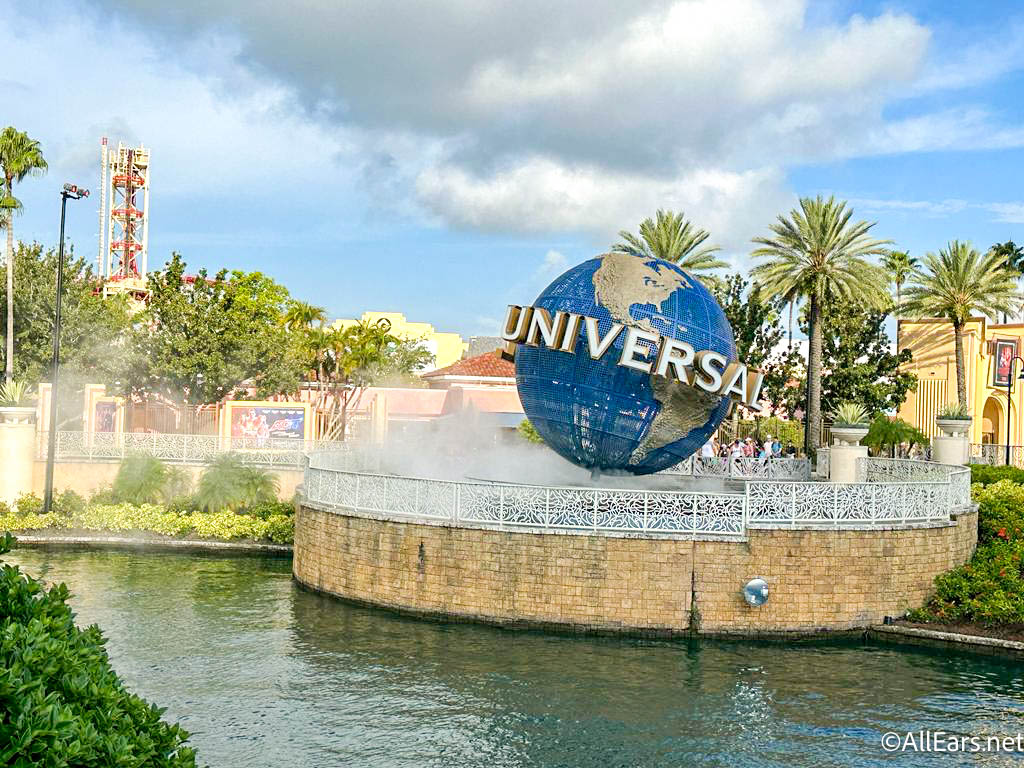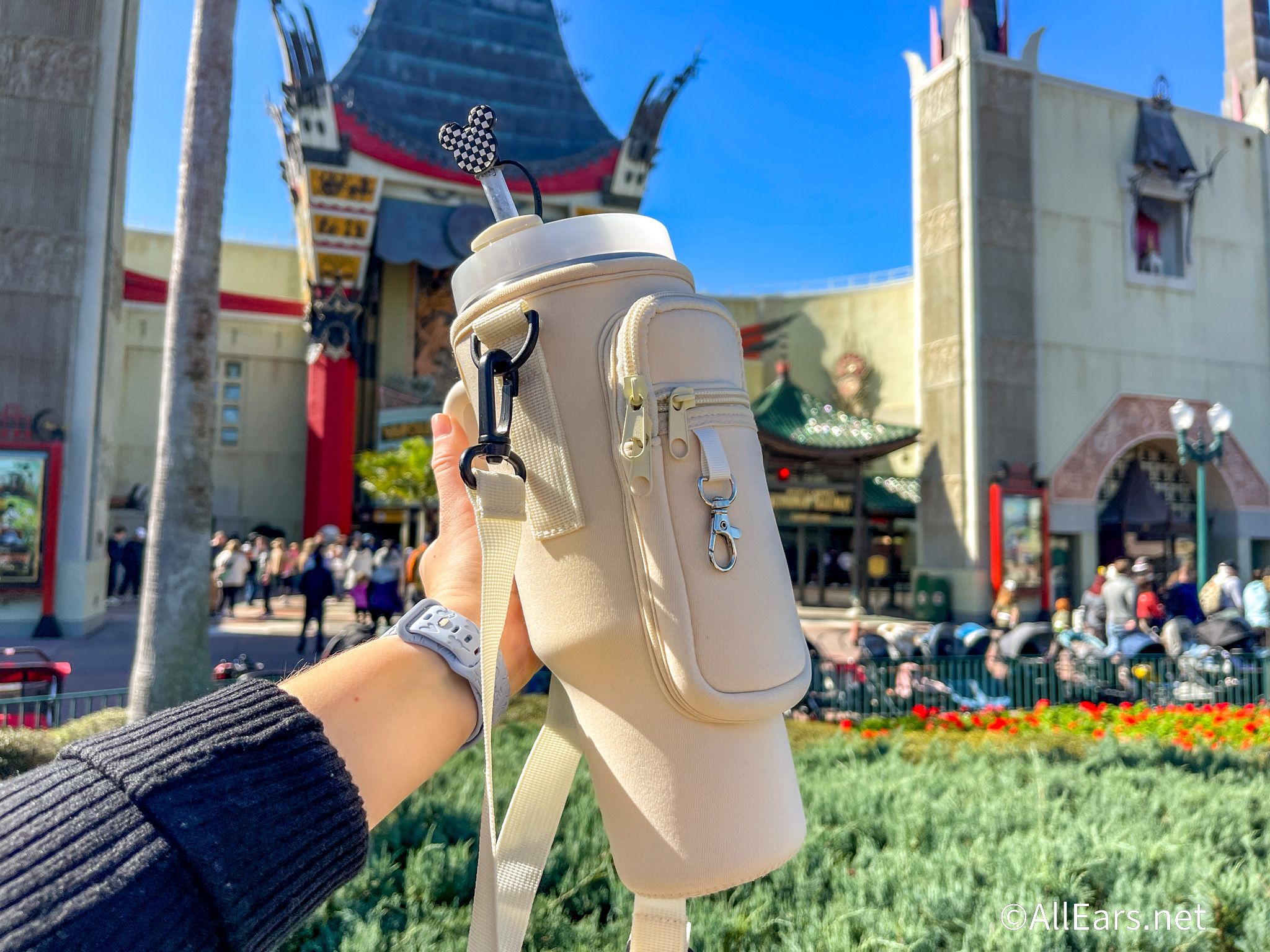The term is “Pace Patience” and what I mean by that is to say, give it time and don’t rush it.
Let’s look at the pace requirements for the Walt Disney World Half-Marathon so that we all understand what those requirements really mean. For the half-marathon all participants must maintain a 16 minute per mile pace. That is, the “official” pace requirement calls for all race participants to cover the 13.1 mile course in fewer than 3 hours and 30 minutes.
I say”¦No. It’s not true.
Let me explain.
In the past the half-marathon has assigned participants to one of several waves and corrals. In recent years the number of participants has also influenced the race officials to stagger the start of these corrals and waves. The start time of your wave and corral is one factor regarding your pace, but there is another factor which not many people realize and that is exactly when that pace clock begins for your particular wave and corral.
So when does that clock start ticking? There has been a lot of talk around this topic and from what I understand it begins when either the last entrant in that wave crosses the Start or when the very last participant in the entire field of runners crosses the Start. For our purpose let’s say each wave will have its own pace clock.
So think of this. If your wave/corral has a ton of people and it takes as much as five minutes for that last person to cross the Start line then essentially those up front have an extra five minutes to play with over the entire length of the race course. That’s 300 seconds divided by 13.1 miles or about 23 seconds per mile.
Wait, it’s even better than that. It’s actually a tad over 29 seconds a mile”¦and every second counts. How did I come up with this number? Well, in the past the pace requirements are strict for only the first10.2 miles of the 13.1 course or 78% of the distance. That means participants have almost a full 5K in which they can relax and not worry about pace.
So let’s break this down a bit more. Historically there are four pace checkpoints for the Walt Disney World Half-Marathon. If they have not changed for 2010 they are still:
“¢ The Walt Disney World Speedway which is just beyond the Magic Kingdom toll plaza. It’s
about 3.5 miles into the race and to avoid being swept all participants must reach that
mark within 1:11:00 of the Start. That’s 3.5 miles in 71 minutes.
“¢ The next checkpoint comes just before entering the Magic Kingdom. It’s right around the
Magic Kingdom Park Security Gate. Participants need to reach that 6.3 mile mark by 1:56:00
or face the sweep bus.
“¢ The next checkpoint is a significant one for many people. It’s the 8.1 mile mark right near the
Daisy portion of the Ticket and Transportation Parking Lot and what’s important here is that
it’s right around this point that many participants begin to fade. I always suggest to those
training for their first half-marathon that they should focus first on building up enough stamina
to do at least 9 miles. Anyone who can do that should have no problem completing the
course. This checkpoint requires that the participants have 8.1 miles under their belt within
2:25:00. My personal feeling that if anyone can make it through this checkpoint then they
should be fine”¦but there is one more checkpoint.
“¢ The last checkpoint is only 2 miles from the last one and it’s the 10.2 mile mark at the World
Drive Ramp on the way to EPCOT Center Drive. The magic number here is 2:58:00. Again,
this is the LAST checkpoint; the last time participants can be swept. Once you get past this
checkpoint you are home free. Think of it this way”¦if you can cover 10 miles in about three
hours you are then looking good to finish the half-marathon in the “official” allotted time.
Now why do I mention these checkpoints at this time? Marathon Weekend is still six months away.
I wanted to point out these checkpoints to anyone doing this race for the first time to give everyone a sense as to just where the sweep busses will be and to hopefully give everyone an incentive to at least begin thinking about pace.
Think about what your pace was when you first starting your training. If you kept a log and recording your distance and time for every run you would be able to track your progress. If you do not maintain a running log maybe you should consider starting one today.
A running log can be a wonderful support tool for everyone, not just the novice runner.
A few years back after not running for a year I decided to light a fire under myself and sign up for the Walt Disney World Half-Marathon.
After my first time out running I was appalled as to how out of shape I was.

I will share with you that on that cold March morning I barely did two miles at a pace of 17:36 per mile. When I realized just how much I was out of shape I decided to keep a log and track my progress. One month later my pace was down to the low 14s; the next month it had dropped to the low 12s. It then became a struggle to get my pace even lower but every day I would look at that running log and it would show my progress.
The point I want to make here is that I really was not trying that hard to improve my pace. I was improving because of three important factors. First I was running almost six times a week and so I was getting in shape.
Secondly, I decided to eat as healthy as I could which led to the third factor”¦losing weight. I was pulling less weight and so my legs were finding it easier to move everything”¦I did not have to concern myself with pace.
Doing all that”¦consistently stuck to a running plan, ate healthy, and lost weight, had my pace settling in the low 11s and on one September morning I ran at a 10:1 pace.
I had improved my pace without trying any of the techniques that so many people discuss as ways to increase your speed over long distances.
You may want to consider checking your pace now to see how much in line you are with the checkpoint times.
I’ve always felt that stamina is the priority before pace. It’s important to train your body to work over a long stretch of time”¦13.1 miles is not covered in a few minutes”¦more like a few hours.
If you are able to train to the point where in one outing you can cover 9 miles then you are pretty much ready to tackle this race.
Along the way your pace will pick up without you having to consciously work on it.
In a month or so I will revisit the matter of pace and will talk about things you can do to better your pace. There are no miracle running shoes or super running gels to help you improve your time.
A steady training regimen is the best way to improve your speed.
So have some “pace patience” and keep training and getting into shape”¦.add a few more minutes to each workout”¦build that stamina”¦your patience will be rewarded.























thanks !! very helpful post!
Thanks for the blog. I’m running for the first time and I’ve never run before. Are there any websites you recommend for learning the basics of training and racing?
Thanks so much for this usefull information. I signed up for Disney Half this year and have been looking to get more info about their 16mm requirement. As usual I get “nervous” about time requirements and the LAST thing I want to happen is to get picked up after training so hard. I am 57 years young and have been running for 30++ years and love this sport. It has always been a lifelong goal to run at least a half marathon. So last year I signed up for the National Breast Half Marathon in Jacksonville. I trained hard using a modified version (more running than walking) of Jeff Galloway’s walk/run method. The course was tough as it had bridges and a beach run…both of which I had to walk more than I would have liked. I trained on a totally flat course. My average pace was 15:33 at the finish and finished at 3:20:43. The first 10 miles I ran faster averaging 14:10 but became very tired the last 3 miles or so. Obviously pacing is something I need to work on this time around.
My time should be better at Disney because the course is easier and certainly flater (no bridges and beach run).
Thanks so much again. You have given me the confidence I needed to run this race. Most importantly I want to have fun on this race and NOT stress out over time requirements!!
awesome article for a newbie like me.
thank you for the sweep spots. I will try to use those distances as markers in training.
Great article as always
keep ’em coming 🙂